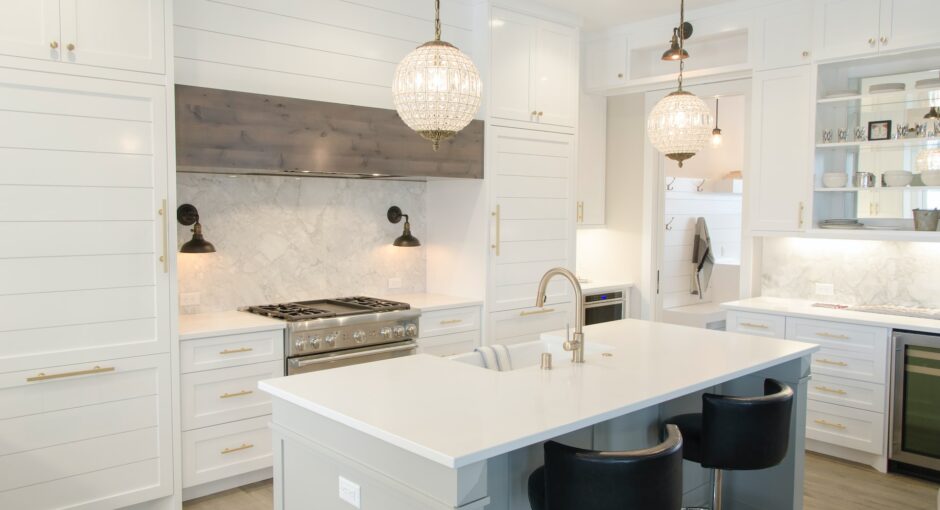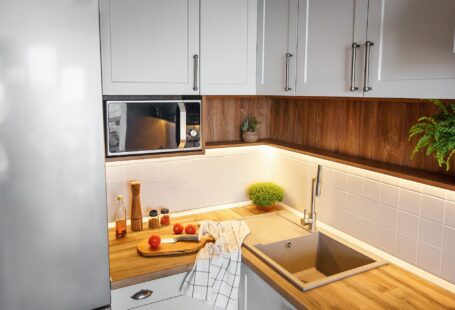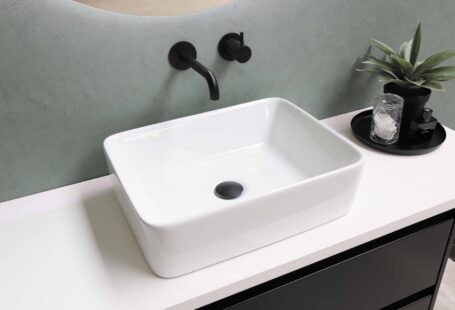Crown moulding on kitchen cabinets is one of the best ways to give your home a touch of class and appeal. But before you install any molding, there are a few things you should know.
First, you’ll need to measure and cut your crown molding. To do so, grab a tape measure and pencil. Measure out a length of crown molding that’s several inches longer than the top of your cabinets, holding it against both cabinet sides with flush against the wall to mark where to make a 45-degree cut in the molding.
Once cut, you’ll need to assemble the molding piece in its desired location. This involves attaching a backing–or wood piece that sits behind–and filler–a thinner piece of wood that acts as an intermediary between the cabinet and molding.
You will also require a brad nailer to secure the crown molding to your cabinets. These items can be found at any local home center store.
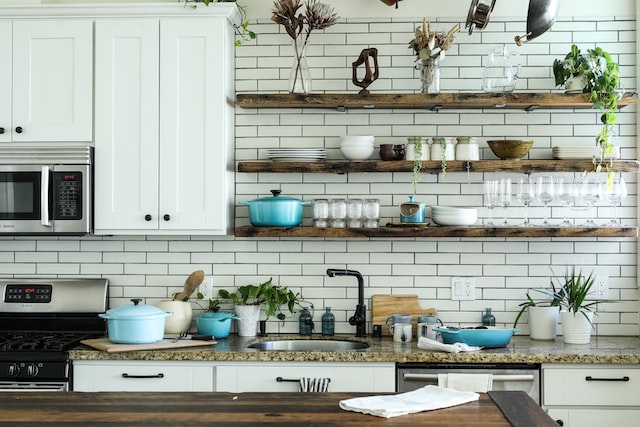
The next step is to carefully trim the crown’s top edge so it fits tightly against a sloping ceiling. While this task requires patience and precision, you’ll end up with an even better result in the end.
In addition to marking the crown’s top edge, you must also scribe its sides. Doing this will guarantee that all edges align perfectly when you assemble it.
To scribe the crown’s sides, you’ll need a straight edge that you can hold against the cabinet face frame without damaging it. Additionally, you will require an approximately foot long scribe strip.
Once you’ve traced all the edges of the crown, use a level to check that all pieces are level and straight. This task can be made much simpler if you have someone helping with the task.
If your cabinets have inset doors, you’ll need to open them in order to scribe the inside corners. Once done, you’ll have a better idea of where else you should scribe on other cabinets.
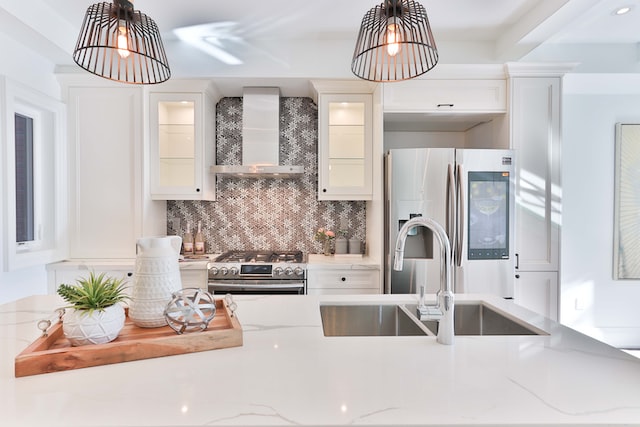
For most free-standing cabinets, there is no need to scribe inside corners. However, if your corner cabinets meet the rest of your cabinetry at an angle, then it may be necessary to do so.
This technique works best for cabinets that have inside corners that aren’t exactly 90 degrees. This is especially helpful when mounting wall-mounted or t-shaped cabinets.
Another helpful tip is to scribe the top edge of your crown molding so it matches the bottom edge of your cabinet’s face-frame top rail. Doing this will guarantee that all edges are square when you assemble it.
Finish the job by painting your crown molding to match other components in your kitchen. You can also use interior paint to fill any nail holes created by brad nails used during installation. Finally, use a caulking gun to apply sealant around the perimeter of the crown, giving it an even more polished and professional appearance.
